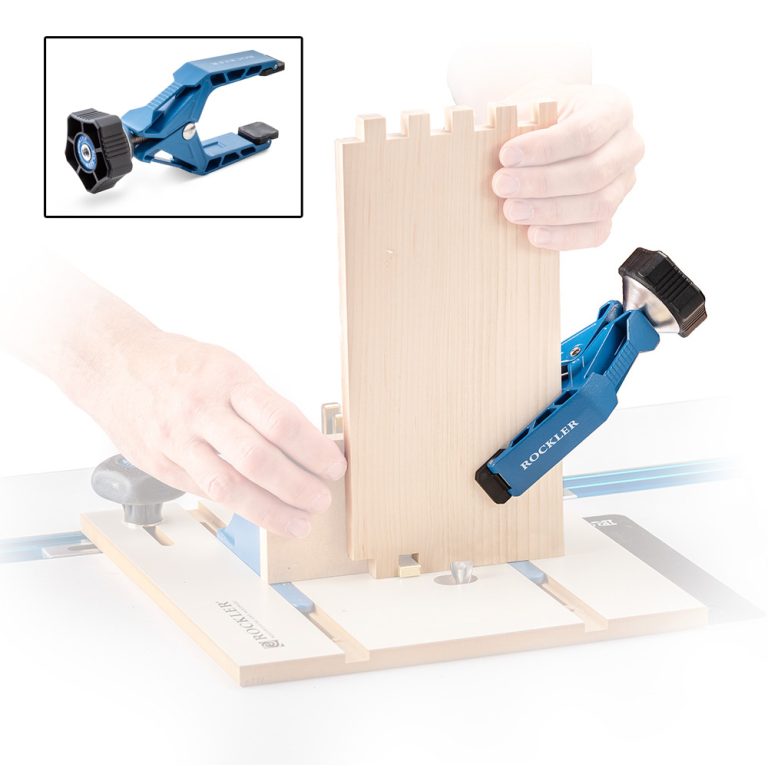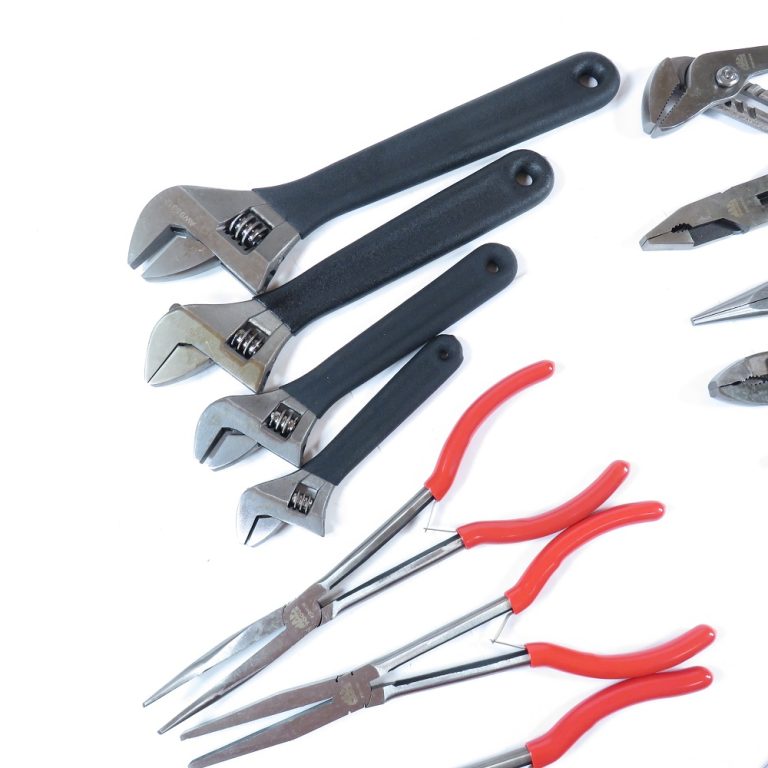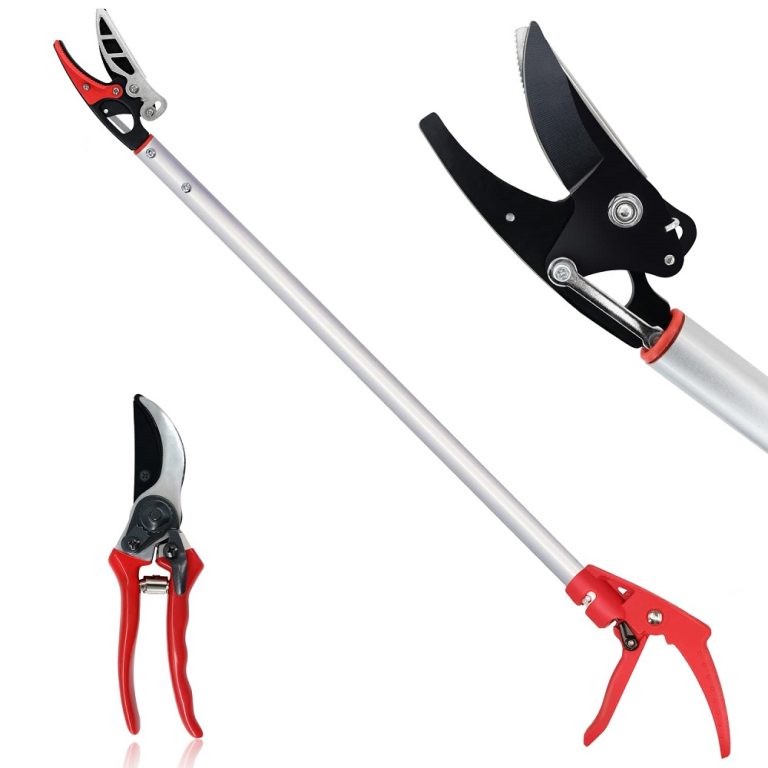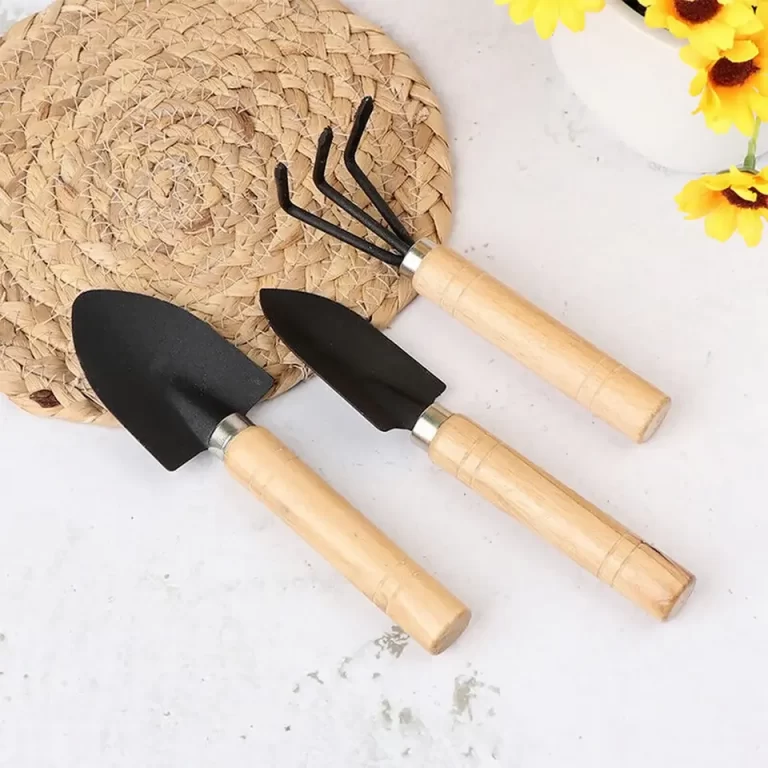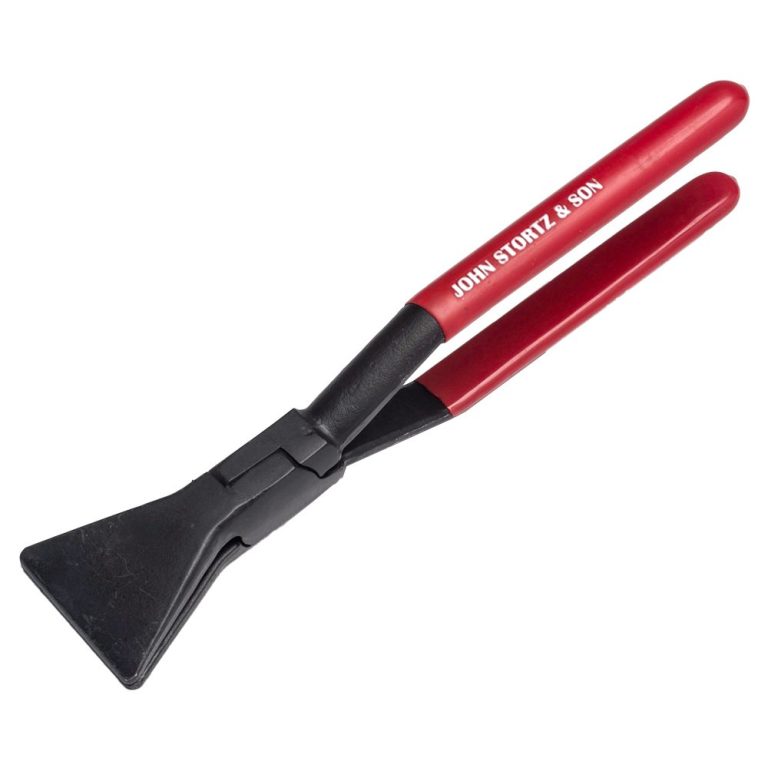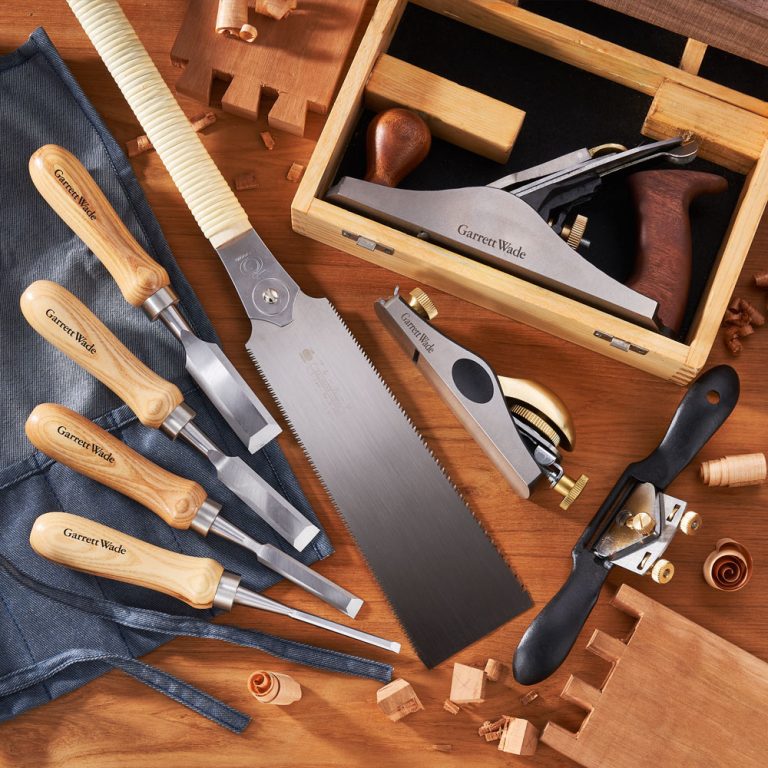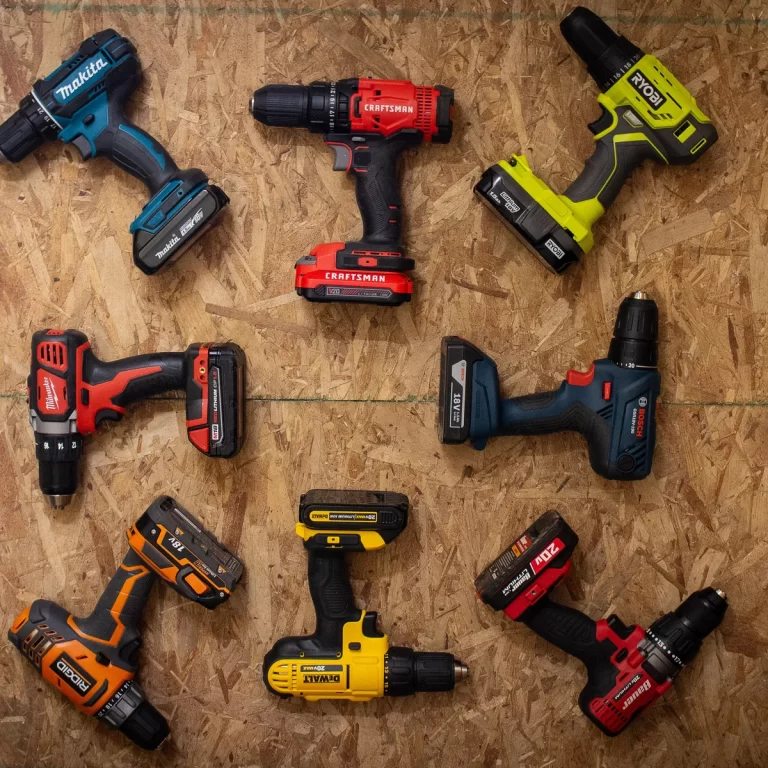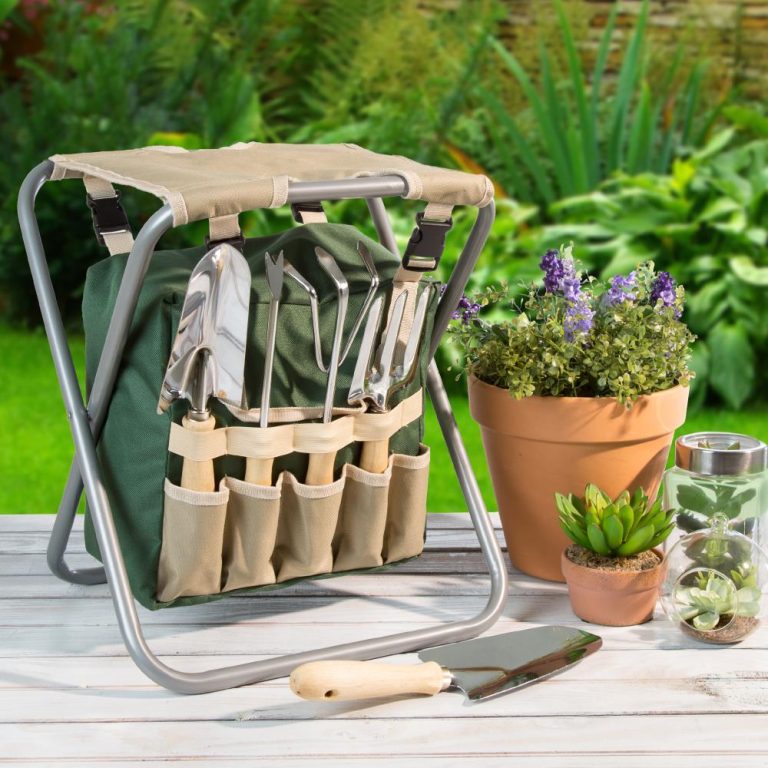A Comprehensive Guide to Garden Edging Tools
Garden edging tool creates clean, defined borders. It separates lawns from garden beds. Edging tools make this task efficient. They cut tidy trenches along landscape edges. This post covers the various garden edging tools available. It explores how to choose the right tool. Proper usage and maintenance tips get included too.
The Importance of Garden Edging
Edging provides both functional and aesthetic benefits. Clean edges give gardens a polished, manicured look. They create crisp lines between different materials. Edging prevents grass from spreading into beds. It stops mulch from spilling onto lawns too.
Without edging, gardens appear overgrown and unkempt. Plant roots easily infiltrate surrounding areas. Materials get mixed together in an unsightly way. Defined edges solve these issues. They highlight intentional garden design.
Garden edging is a year-round task. Homeowners typically re-edge beds 2-3 times per growing season. Spring and fall are common times to maintain crisp edges. Frequent edging keeps gardens looking their best.
While possible by hand, edging tools streamline the process. They quickly cut clean borders with minimal effort. Using the right edging tool proves essential.
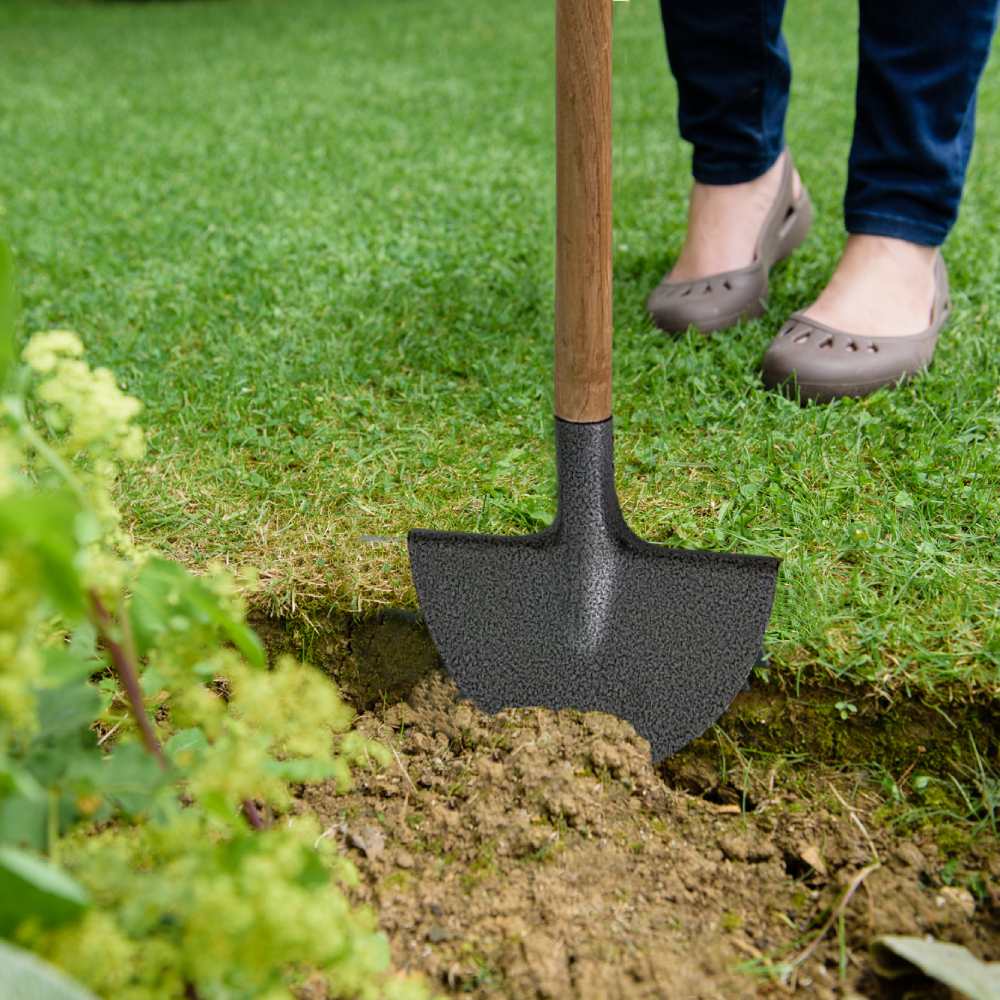
Types of Garden Edging Tools
Many different edging tools exist. Each has advantages based on usage, soil type, and personal ability. The main edging tool categories include:
Edging Spades and Trenchers
These look like miniature shovels or hoes. They feature a sharp v-shaped blade at the end. Users push the blade vertically through the soil. This creates a clean trench along the edge.
Edging spades come in varying sizes. Shorter models reduce back strain. Larger versions cut deeper through tough areas. Some include step plates to aid leverage.
Edging Irons and Knives
These are elongated knife-like tools. They have a semi-circular blade on one end. The curved blade hugs lawn edges to slice cleanly through soil and roots.
Most edging irons have a kneeling pad or handle. This allows users to drag the blade steadily along borders. Irons cut finer lines than trenchers.
Power Edgers
Gas and electric powered edgers exist. They feature a fast-spinning blade or string trimmer head. Wheels roll along edges, guiding the edger in straight lines.
Power edgers provide a quicker, more effortless edging method. They churn up a cleaner edge than hand tools too. However, the upfront cost and noise factor turn some homeowners away.

How to Choose the Best Edging Tool
The ideal edging tool depends on several key factors:
- Yard Size and Ambition – Power edgers save significant time edging larger areas. Manual tools work better for small spaces.
- Soil Composition – Hard, dry clay requires sturdy steel edgers. Sandy soils allow use of lighter, curved edging knives.
- User Ability – Those with back issues should choose lighter, easier-to-maneuver tools. Younger gardeners can handle more heavy-duty options.
- Annual Edging Frequency – Those edging more routinely benefit from a fast power edger. Occasional edgers find hand tools sufficient.
- Overall Budget – Power edgers provide efficiency at a higher price point. Cost-conscious gardeners appreciate affordable manual tools.
Test different styles in-store first if possible. Factor in weight, handle ergonomics, and personal comfort level. Opt for quality tools offering better durability.
Proper Edging Techniques
To get professional-looking results, use proper edging techniques. Follow these steps for any edging tool:
- Mark the Cutting Line – Use a string, stakes or marking spray to delineate the desired edge first.
- Prepare the Edge Area – Remove any loose stones, roots or debris that could impede the edger blade.
- Protect Surrounding Plants – Cover flowers and shrubs near edges to avoid debris spray damage.
- Use the Right Posture – Bend at the knees or use knee pads to keep proper back alignment.
- Apply Even Pressure – Push the edging tool smoothly without forceful stabbing or jerking.
- Clean as You Work – Pause to remove built-up roots, soil or grass clippings from the edger as needed.
- Compact Soil After Edging – Stomp down the new trench to create a crisp border.
- Maintain Safety – Always keep feet and legs away from the edger path. Power off gas edgers for transport.
Avoid excessively rocking or twisting edgers. Work slowly and steadily along borders. Re-cut areas that appear uneven or rough.
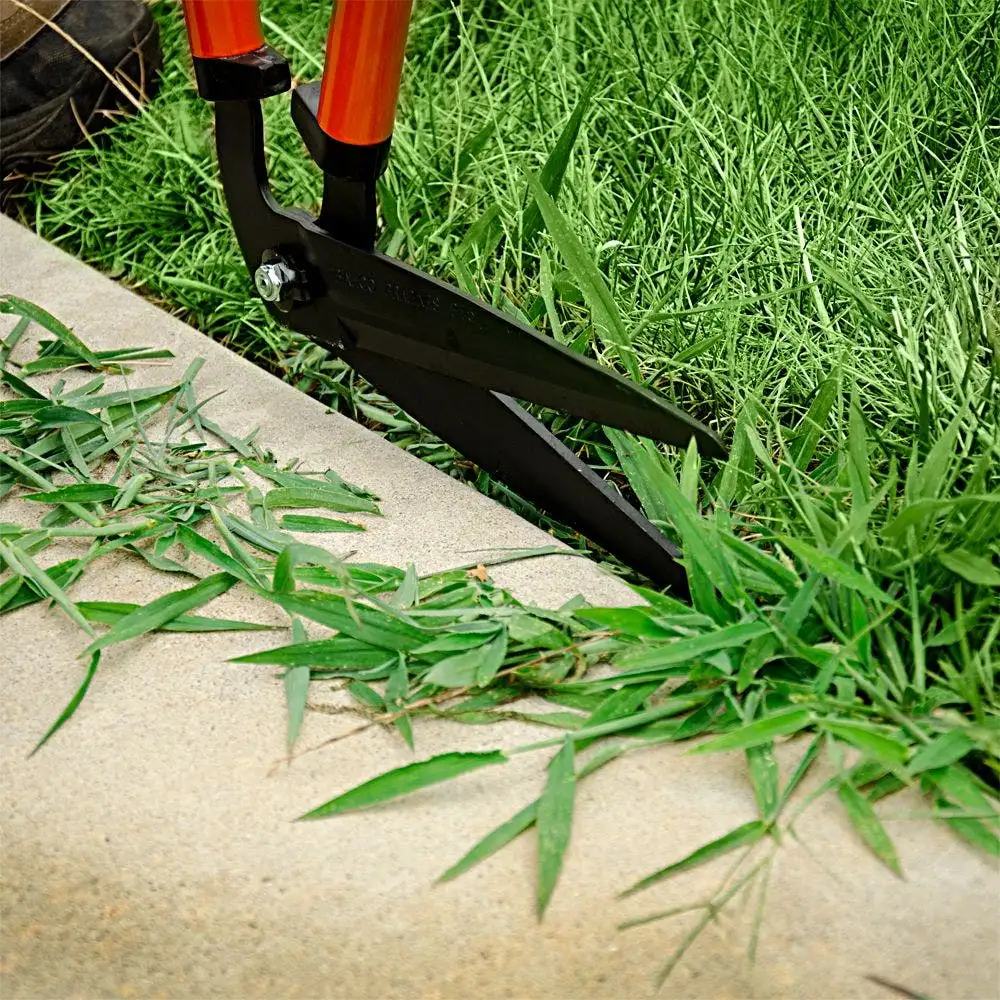
Edging Tool Maintenance Advice
To ensure long-lasting performance, maintain edging tools properly. Follow this upkeep advice:
- Clean After Each Use – Remove packed soil and debris using a brush or compressed air. Prevent rust and buildup.
- Sharpen Blades Annually – Use a metal file or grinder to sharpen dull blades for cleaner cuts.
- Oil Pivot Points – Apply machine oil to any hinges or moving parts to keep things operating smoothly.
- Inspect Strings/Blades – Replace any worn line or edger blades that could tear or shred grass.
- Store in a Dry Location – Keep edgers inside a shed or garage to block moisture exposure.
- Review Owner’s Manuals – Follow all manufacturer maintenance instructions for power edgers.
With basic cleaning and care, even affordable manual edgers can remain effective for years. Quality maintenance prolongs tool life. It prevents the need for frequent replacements.
The Best Edging Tool Options
Many excellent edging tool options exist:
- Truox Groundbreaker Spade – A classic forged spade with step plate for extra leverage. Best for breaking dense soil.
- Radius Garden Edger – An ergonomic design with a curved shaft to ease back strain. Great for beds and borders.
- Troy-Bilt Weed Edger – A basic gas-powered motor edger ideal for frequent homeowner use.
- McClaren Edging Iron – Long-lasting high carbon steel body with kneeling pad for comfort.
- Greenworks Corded Edger – An affordable electric model good for small to mid-sized yards.
- Fiskars Edger With Dual Wheels – Its rolling design makes edging tight borders easier.
Research different model features and price points. Read user reviews to gauge quality and performance. Splurge on professional-grade edgers if maintained yards are a priority.

Recap: Get Crisp Garden Edges
Proper edging instantly elevates outdoor spaces. It creates tidy separations between different materials. Eye-catching beds and borders result. Quality edging tools streamline the process.
For best results, select a tool matched to yard size and soil type. Consider budget, user comfort and maintenance needs too. Power or manual edgers both produce quality edges in practiced hands.
Combine the right tool with intentional edging techniques. Mark borders, find a comfortable posture, and use steady pressure. Regular upkeep extends each tool’s lifespan. Simple cleaning prevents rust and damage.
With a suitable edging tool and patient effort, homeowners achieve crisp lines. Their landscaping appears neat, manicured, and intentionally designed. Properly edged gardens enhance curb appeal. They impart a polished, professional look.

